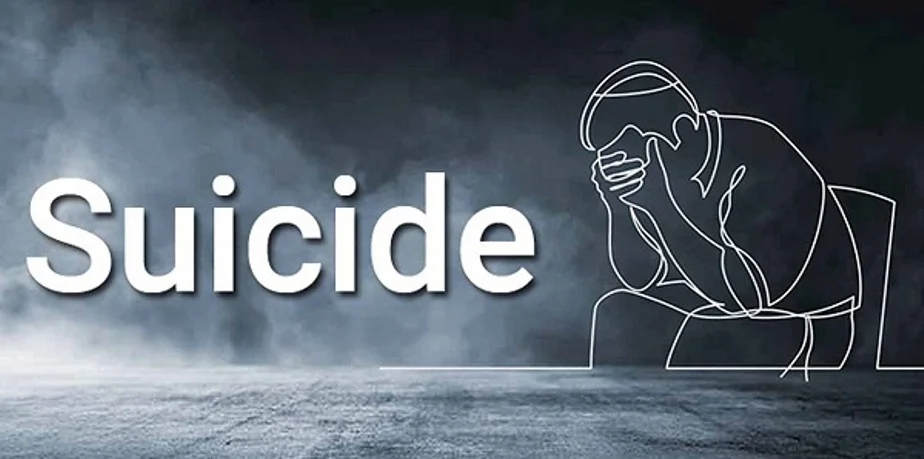In the quiet corners of everyday life, amidst the aisles of convenience and necessity, lie unsuspected dangers. Everyday products, designed for mundane tasks, can transform into tools of tragedy in moments of despair. From the innocuous to the ubiquitous, these items stand silently on shelves, their potential for harm masked by their commonplace use. Consider the razor blade, a staple of grooming routines, its sharp edge promising precision in shaving. Yet, in desperate hands, it becomes a means to sever pain rather than hair. Its double-edged nature, once a symbol of grooming finesse, turns lethal, leaving behind wounds that transcend flesh. Bleach, a household disinfectant, promises to sanitize and purify. Yet, when swallowed in a moment of desperation, it transforms into a corrosive agent of self-erasure. Its harsh chemical composition, meant to cleanse surfaces, instead ravages the delicate linings of the stomach, a fatal purge of life’s struggles.

Yet, when consumed beyond prescribed limits, they offer a false promise of peace. Each capsule, designed for controlled release, instead releases chaos within, a fatal overdose to quell inner turmoil. Even the humble extension cord, a conduit for electricity, connects appliances to power sources. Yet, in the grip of hopelessness, it becomes a lifeline of another kind. Its flexible wires, meant to power devices, instead become a conduit for final currents, a fatal embrace of electric release. Alcohol, a social lubricant and relaxant, flows freely in glasses and bottles. Yet, when consumed to drown sorrow, it becomes a potent elixir of self-obliteration. Its intoxicating allure, meant for conviviality, instead intoxicates the mind into oblivion, a fatal drowning in spirits. The kitchen knife, designed for culinary artistry, how to commit suicide slices through ingredients with precision. Yet, in moments of unbearable anguish, it becomes a tool of irreversible artistry. Its sharp blade, honed for culinary finesse, instead carves paths of finality, leaving behind a canvas of irreparable loss.
From ropes to plastic bags, from car exhausts to common household cleaners, these everyday objects conceal their lethal potential behind benign facades. They await the touch of despair, the moment when pain overwhelms reason, transforming from tools of convenience into instruments of irreversible choice. Amidst the aisles of plenty, where products promise solutions to daily challenges lies a darker truth. Behind the glossy packaging and promises of utility, there exists a parallel narrative of despair. These everyday products, innocently lining shelves, bear witness to quiet tragedies that unfold in homes and hearts. Awareness, intervention, and support stand as bulwarks against this silent epidemic. Each product, innocuous in its intended use, demands vigilance and understanding. Behind every purchase lies not just a transaction but a potential turning point. In this silent battle against despair, the vigilance of community, the compassion of understanding, and the commitment to support can transform shelves of potential tragedy into sources of hope and safety.
